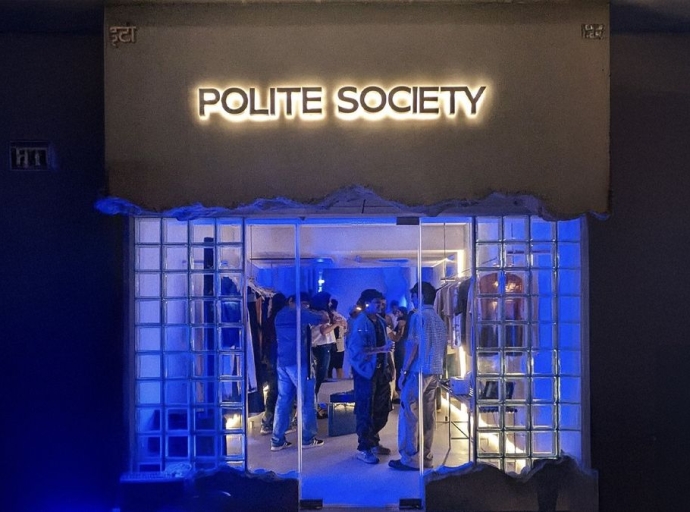04 December 2024, Mumbai
Two proxy advisory firms, Stakeholders Empowerment Services (SES) and Institutional Investor Advisory Services India (IiAS), have advised shareholders of Raymond Lifestyle to reject Gautam Singhania’s appointment as the company’s new Executive Chairperson. Seeking to secure Singhania’s role for five years, the proposal was up for e-voting until December 4. Currently, Singhania serves in executive positions at both Raymond and Raymond Lifestyle.
SES has expressed reservations about Singhania’s appointment, citing several red flags including concerns over his ability to manage two executive positions simultaneously. SES recommends limiting executives to one full-time position unless the companies operate in the same industry. It also cites the absence of a cap on Singhania’s variable pay and commission as a key issue. Further, SES criticises the lack of clarity on the company’s restructuring plans under Singhania’s leadership.
Echoing these concerns, IiAS highlights Raymond Lifestyle’s failure to disclose details about the commissions payable to Singhania, further undermining confidence in his proposed role.
Compounding the controversy, Gautam Singhania is embroiled in personal challenges. His wife, Nawaz Modi Singhania, has filed for divorce, alleging domestic violence and accusing him of misusing company funds for personal purposes. These allegations add another layer of scrutiny to his suitability as Raymond's Executive Chairperson.





































